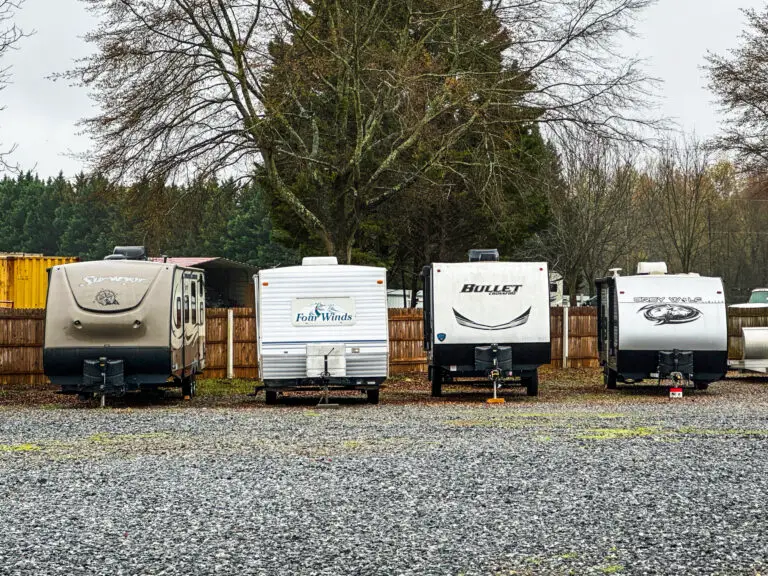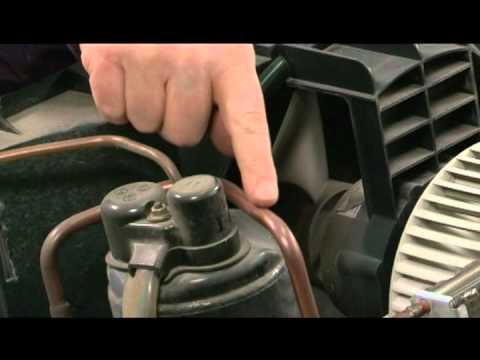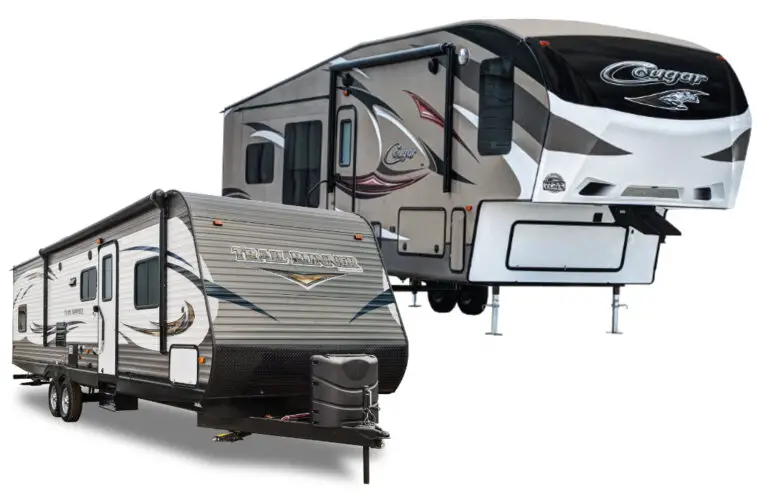Can I Put Bleach in My Rv Holding Tank
Yes, you can put bleach in your RV holding tank, but it should be done with caution due to potential damage and safety concerns. When adding bleach to your RV holding tank, use a small amount, dilute it with water, and make sure to follow the manufacturer’s guidelines.
Bleach can help sanitize and control odors in the tank, but excessive use or incorrect mixing ratios can harm the tank’s components and the environment. Remember to empty and rinse the tank thoroughly after use to remove any traces of bleach.
Prioritize your safety and proper maintenance for a well-functioning RV holding tank.
The Importance Of A Clean Rv Holding Tank
The Importance of a Clean RV Holding Tank
Proper hygiene and odor control are essential for maintaining a clean and comfortable RV environment. By regularly cleaning your RV holding tank, you can avoid the spread of bacteria and germs, ensuring a safe and healthy living space.
When waste accumulates in your RV holding tank, it becomes a breeding ground for bacteria and germs. These harmful microorganisms can cause illness and unpleasant odors. Regularly cleaning your holding tank with recommended cleaning agents helps eliminate bacteria and prevent the spread of germs.
A dirty RV holding tank can produce unpleasant odors that can quickly ruin your camping experience. By maintaining a clean tank and using appropriate deodorizing products, you can effectively minimize odors and ensure a fresh-smelling RV.
Understanding The Composition Of Rv Holding Tanks
RVs are equipped with different types of holding tanks that are essential for a comfortable camping experience. These tanks serve different purposes and understanding their composition can help you properly maintain them. There are three main types of RV holding tanks:
| Black Water Tanks: | These tanks hold the wastewater from the RV’s toilets. They require special care and regular maintenance to prevent odors and clogs. |
| Gray Water Tanks: | Gray water tanks hold the wastewater produced from the sinks, showers, and kitchen appliances in your RV. They do not contain human waste, but still require attention to prevent unpleasant odors. |
| Fresh Water Tanks: | These tanks hold the freshwater that you use for drinking, cooking, and showering. It is important to keep these tanks clean and bacteria-free to ensure a safe water supply. |
RV holding tanks comprise several key components that enable their proper functioning:
- Sensors and Gauges: These provide you with information about the tank levels and help prevent overflow.
- Drain Valves: These allow you to empty the tanks when necessary.
- Venting Systems: These maintain proper airflow to prevent pressure buildup, odors, and potential damage to the tanks.
By understanding the composition of your RV holding tanks and properly maintaining them, you can ensure a trouble-free camping experience.
Pros And Cons Of Using Bleach In An Rv Holding Tank
Pros and Cons of Using Bleach in an RV Holding Tank
- Effective Disinfection and Sanitization
- Odor Elimination
- Potential Harm to the Tank Structure
- Harmful Effects on Essential Bacteria
- Negative Impact on the Environment
Using bleach in an RV holding tank offers benefits such as effective disinfection and sanitization as well as eliminating odors. However, it is important to consider the drawbacks associated with this practice. Potential harm to the tank structure can occur due to the corrosive nature of bleach. Additionally, bleach can have harmful effects on essential bacteria, disrupting the natural balance of the tank. Furthermore, using bleach in the RV holding tank can have a negative impact on the environment when the tank is emptied. Considering these pros and cons, it is essential to weigh the disinfection benefits against the potential drawbacks before deciding to use bleach in an RV holding tank.

Credit: www.rvrepairclub.com
Alternative Cleaning Methods For Rv Holding Tanks
When it comes to cleaning your RV holding tank, there are several alternative methods you can consider. One popular option is to use a mixture of vinegar and baking soda. This non-toxic cleaning solution can effectively remove stains and build-up in your tank. Additionally, vinegar and baking soda can help neutralize odors, leaving your RV smelling fresh. Another option is to use specialized RV tank cleaners that are specifically designed for effective cleaning and odor control. These cleaners often contain chemical formulas suitable for RV tanks, ensuring that they clean without causing any damage. By using targeted cleaning products, you can address specific issues in your holding tank, such as stains or stubborn odors. With these alternative cleaning methods, you can keep your RV holding tank clean and in optimal condition.
Best Practices For Maintaining An Rv Holding Tank
Regular emptying and flushing of your RV holding tank is essential for maintaining its proper functionality and preventing waste build-up. This process helps in minimizing odor development and ensures proper tank ventilation. Make sure to release any trapped gas and control odor using appropriate methods.
Preventing tank expansions is crucial for the longevity of your RV holding tank. Regularly monitor the tank levels and use tank treatments to promote efficient waste decomposition. Additionally, it is important to prevent sensor malfunctions that can lead to inaccurate level readings.
Overall, it is best practice to take proactive steps in maintaining your RV holding tank to avoid any potential issues. By following these tips, you can ensure smooth operation and prevent any unpleasant odors or disruptions during your RV adventures.
Frequently Asked Questions On Can I Put Bleach In My Rv Holding Tank
Can I Put Bleach In My Rv Holding Tank?
Yes, you can use bleach in your RV holding tank to sanitize it. However, it’s important to use the right ratio of bleach to water and to rinse the tank thoroughly afterwards. Bleach can help kill bacteria and remove odors, but make sure to follow the manufacturer’s recommendations and exercise caution.
How Much Bleach Should I Use In My Rv Holding Tank?
For every 40 gallons of water in your RV holding tank, you can use about 1/4 cup of bleach. It’s important to dilute the bleach with water before adding it to the tank. Remember to check your RV’s manual or consult a professional for specific instructions based on your RV model and tank size.
Are There Any Alternative Products To Bleach For Sanitizing My Rv Holding Tank?
Yes, if you prefer to avoid using bleach, there are alternative products available in the market for sanitizing your RV holding tank. These products are specifically designed for RV tanks and offer effective sanitization without the strong odor associated with bleach.
Check your local RV supply store for options that suit your needs.
How Often Should I Sanitize My Rv Holding Tank?
It’s recommended to sanitize your RV holding tank at least once every season or every three months, depending on your usage. Regular sanitization helps eliminate bacteria, prevent odors, and maintain the overall cleanliness of your tank. However, if you notice any unusual odors or discoloration, it’s best to sanitize your tank immediately.
Conclusion
After exploring the question, “Can I put bleach in my RV holding tank? “, it is evident that caution should be exercised. While using bleach can effectively sanitize the tank, it is important to dilute it properly and avoid excessive use.
Additionally, opting for alternative, RV-specific products can be a safer choice. Remember, proper maintenance and regular cleaning are crucial for preserving the longevity and functionality of your RV’s holding tank. Stay informed and make informed decisions for a hassle-free RV experience.







